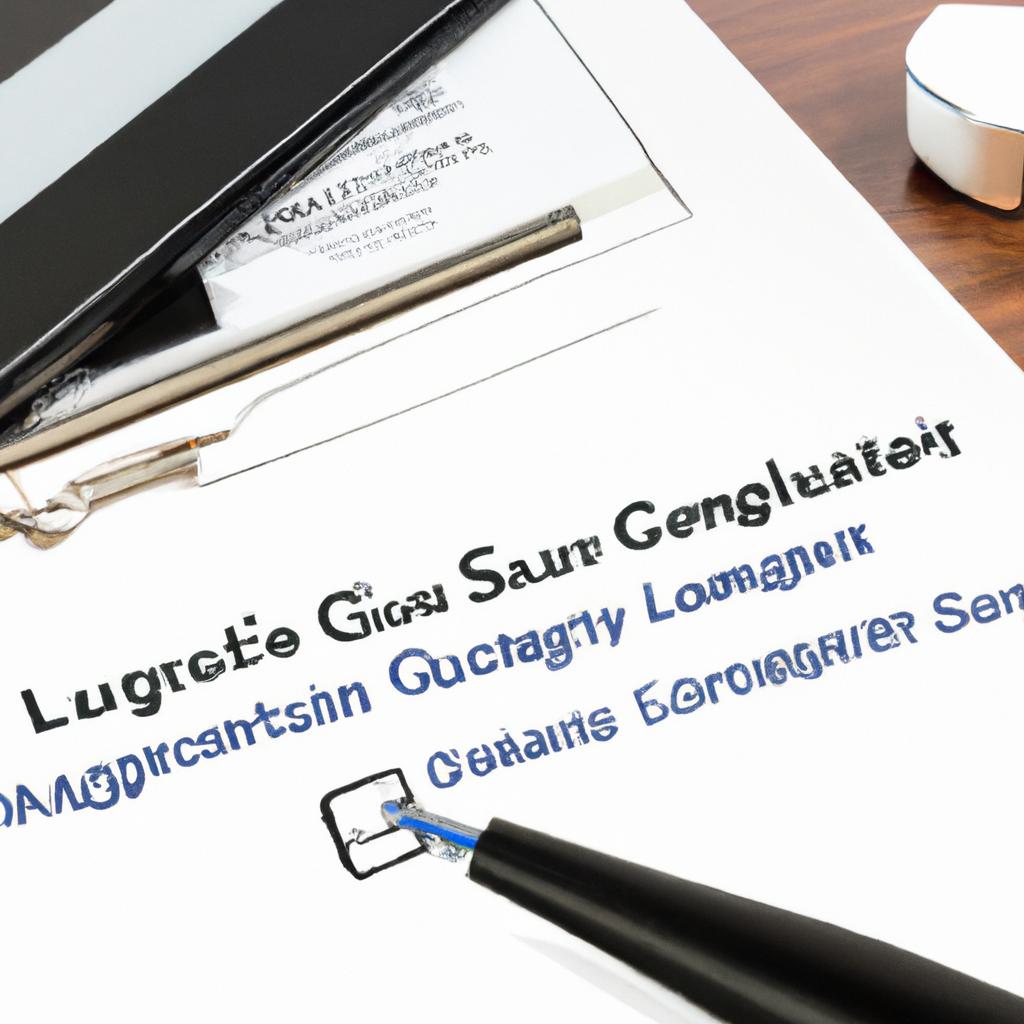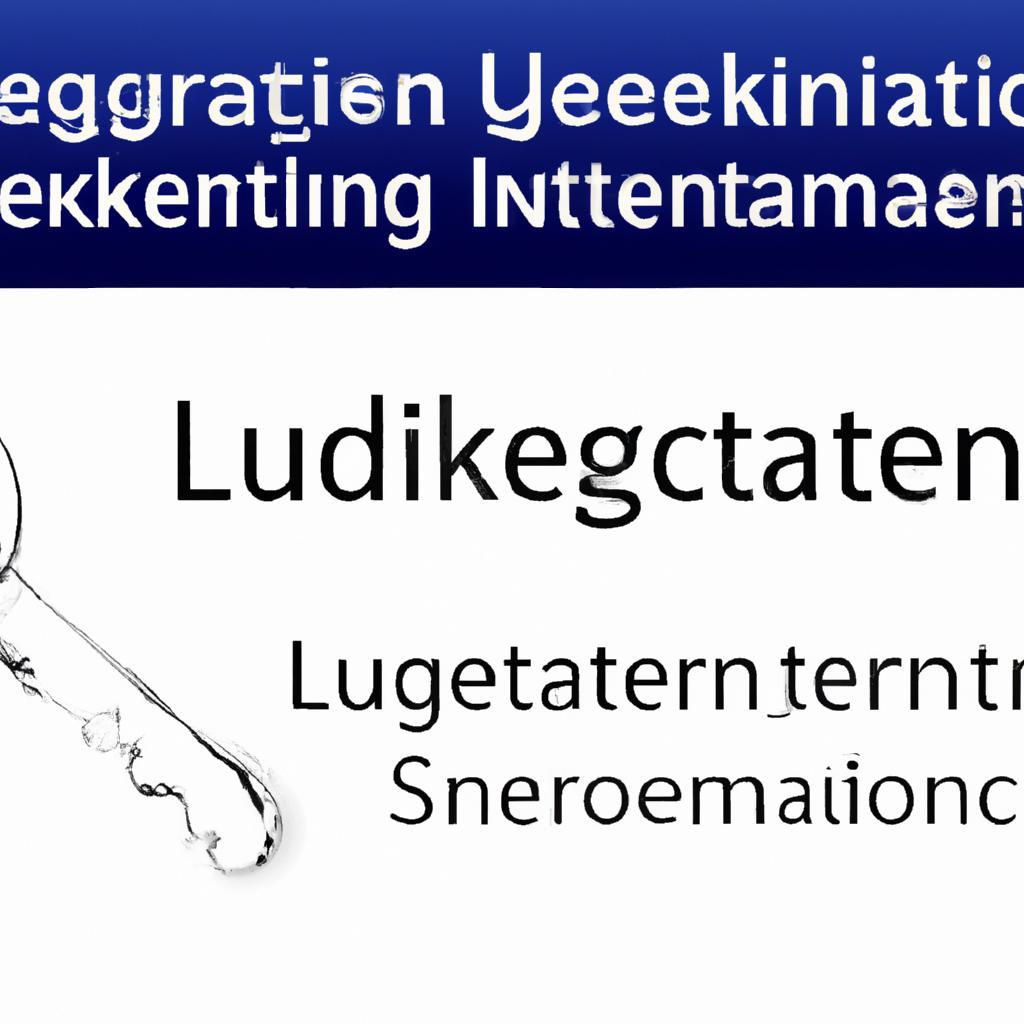In an age where digital interactions shape our personal and professional landscapes, the use of electronic signatures has transformed the way we authorize agreements and validate identities. Amidst rapid technological advancements, understanding the legal nuances surrounding electronic signatures becomes paramount. This article delves into the intricate world of electronic signatures, illuminating their significance and exploring the safeguards that protect both signatories and institutions. From the foundational principles that govern electronic contracts to practical tips for ensuring their legality, we aim to empower readers with the knowledge needed to navigate this crucial aspect of digital life. Join us as we unravel the complexities of electronic signatures and unlock the keys to their secure utilization in our increasingly interconnected world.
Navigating the Legal Landscape of Electronic Signatures
In today’s digital age, understanding the legal framework surrounding electronic signatures is essential for individuals and businesses alike. This technology has gained widespread acceptance, yet it still operates within a complex web of regulations. Here are key points to consider:
- Compliance:** Different jurisdictions possess varying laws; familiarize yourself with regulations such as the Electronic Signatures in Global and National Commerce (ESIGN) Act and the Uniform Electronic Transactions Act (UETA).
- Authentication Methods:** Ensure your electronic signature solution employs robust authentication processes to establish the identity of signers reliably.
- Record Retention:** Maintain accurate records of signed documents and the consent agreements to ensure legal enforceability.
- Security Features:** Implement encryption and security protocols to protect against unauthorized access and fraud.
By embracing these best practices, businesses can confidently navigate the complexities of electronic signatures and leverage the convenience they provide in modern transactions.

Best Practices for Protecting the Validity of Your Digital Consent
To ensure the integrity and enforceability of your digital consent, it is crucial to implement several protective measures. Begin by utilizing robust authentication methods to verify the identity of all parties involved, such as two-factor authentication or biometric verification. Keep your electronic signature software updated to benefit from the latest security features and compliance with evolving legal standards. Regularly review and maintain audit trails that document the signing process, establishing a thorough record of when and how consent was given. Consider employing secure storage solutions for signed documents to prevent unauthorized access, and familiarize yourself with the specific laws governing electronic signatures in your jurisdiction to ensure you meet all necessary legal requirements.
| Best Practices | Description |
|---|---|
| Authentication | Use multi-factor authentication to verify identities. |
| Software Updates | Regularly update your electronic signature tools. |
| Audit Trails | Maintain detailed records of the signing process. |
| Secure Storage | Store signed documents securely to prevent unauthorized access. |
| Legal Compliance | Understand the laws governing electronic signatures in your area. |
The Way Forward
In a world increasingly reliant on digital interactions, understanding the legal landscape of electronic signatures is not just an option—it’s a necessity. As we conclude this exploration into the intricacies of electronic signature legality, it’s clear that knowledge is your strongest ally. By grasping the nuances of electronic agreements and implementing best practices for security, you can confidently navigate this evolving terrain. Whether you’re a business professional seeking efficiency or an individual aiming for convenience, safeguarding your electronic signature is crucial to fostering trust and security in every digital transaction. So, as you embrace the future of signing, remember: a well-informed signer is a powerful signer. Unlock your potential and protect your digital identity with the insights shared in this article, and embark on your journey with clarity and confidence.


